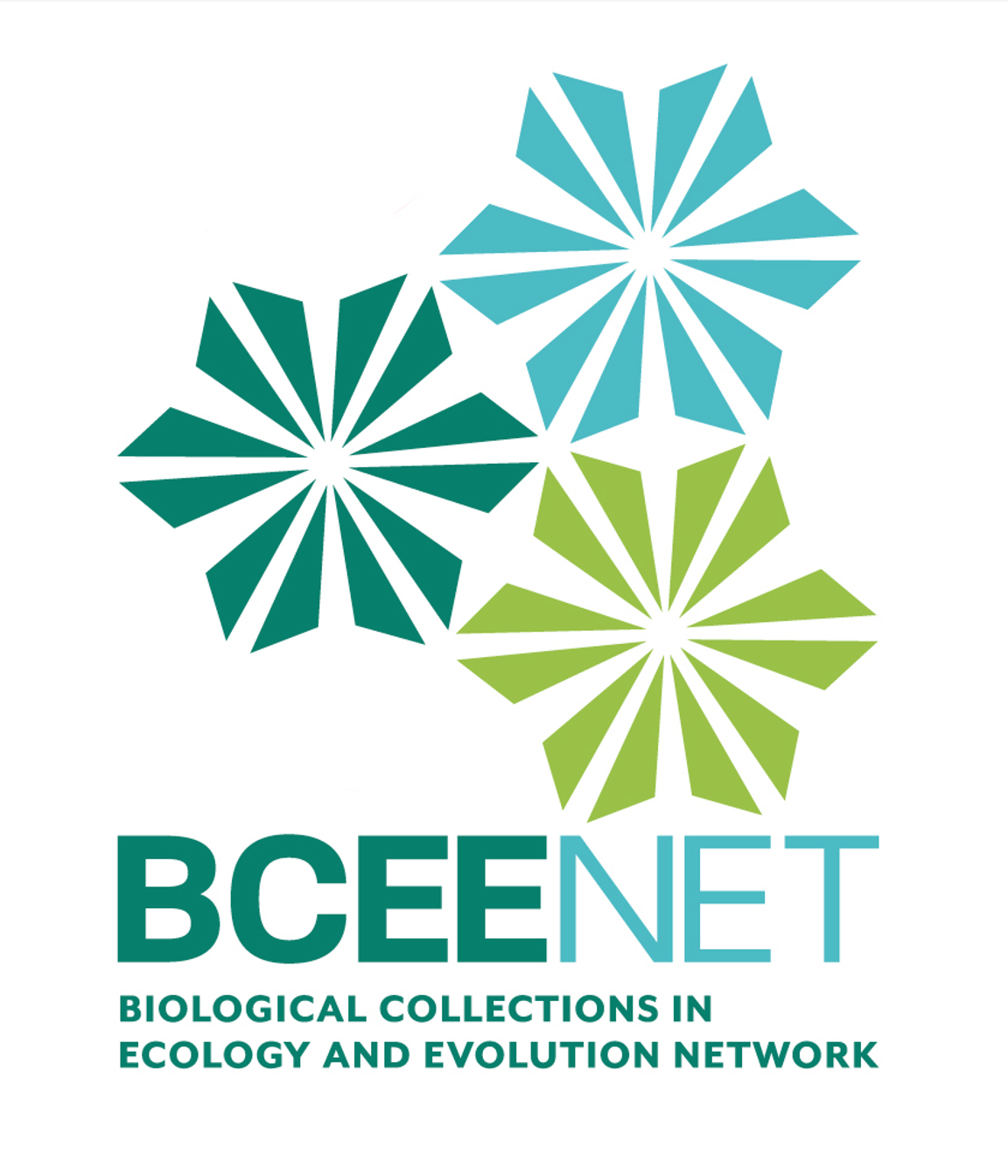How many critters can an island hold? Using digitized natural history collections to test real hypotheses about island biogeography
Author(s): Carly Jordan1, Janice Krumm2, Tiffany Marie Doan3, Jason Kilgore4, Debra Linton5
1. George Washington University 2. Widener University 3. New College of Florida 4. Washington & Jefferson College 5. Central Michigan University
1321 total view(s), 469 download(s)
Description
Quantitative and data literacy skills are vital to the advancement of biological theory, as large data sets and quantitative modeling are increasingly used to answer critical questions in ecology. Increased availability of educational modules that teach quantitative and data literacy skills in ecological contexts may encourage faculty to incorporate more of these skills into their courses. To help meet this need, we customized and extended a teaching module on Island Biodiversity, as part of an iDigBio Workshop on Resources for Collections-based Undergraduate Research. In this module, students create and test hypotheses about island biodiversity using information from the Arctos database, an online repository for natural history collections data. Students evaluate and analyze the downloaded data, test their hypotheses, and draw conclusions from their results. This module is highly adaptable, requires only a computer and internet access, and can be extended to suit a variety of curricula, including in-person, online, and hybrid formats. It can be used as a standalone resource or as part of the implementation of a BCEENET CURE.
Learning Objectives
● Formulate a testable hypothesis
● Evaluate assumptions of existing datasets
● Manipulate, graph, and analyze data in a spreadsheet
● Determine if data support a hypothesis in context of biological theory
● Analyze, explain, and predict patterns of species diversity on islands
● Use digitized natural history collections data to test a biological hypothesis
● Appreciate the importance of natural history collections
Logistics
Instructor prep time: 15 minutes - 1 hour, depending on instructor experience and module components chosen
Student prep time: 15 minutes or more, depending on how instructor chooses to assign background reading and data collection tasks
Class time: 1 - 3 hours, depending on student background and options selected
Materials needed: Computers and either internet access to download data or previously downloaded spreadsheet files. Projector and screen may be needed if instructor chooses to show videos in class.
Acknowledgements
None of this project would have occurred without the invitation to join a new Faculty Mentoring Network (FMN) on Resources for Collections-Based Undergraduate Education, sponsored by iDigBio (NSF 1547229), AIM-UP! (NSF 0956129), Kurator (NSF 1356751), QUBES (NSF 1446258), and BLUE (NSF 1730526). The FMN was developed, organized, and implemented by Anna Monfils, Libby Ellwood, Molly Phillips, Jillian Goodwin, Joseph Cook, Tracy Barbaro, Shari Ellis, and others. We acknowledge the contributions of Libby Beckman, Yadeeh Sawyer, Kayce Bell, and Joseph Cook, who conducted 25 years of specimen-based fieldwork in Southeast Alaska with support from USDA Forest Service, US Fish and Wildlife Service, and Alaska Department of Fish and Game, curated the specimens, made the associated data available through Arctos, and wrote the original island module. We want to thank Teresa Mayfield and ScienceLive for supplemental educational video material. We also thank Hinrich Kaiser and Younger Kim for their role in our FMN. As contributors to our Major Workshop at the ABLE conference, we thank Grant Terrell and the Museum of Biological Diversity (MBD) at Ohio State University for highlighting Alaskan taxa during a tour at MBD. Financial support to participate in this FMN and ABLE conference was provided by our respective institutions and BLUE.
Photo credit: The walrus (Odobenus sp.) specimen pictured above is housed at the Delaware Museum of Nature & Science, and the photo was taken by Dr. Elizabeth Shea.
Original citation:
C.N. Jordan, J.L. Krumm, T.M. Doan, J.S. Kilgore, & D. Linton. (2019). How many critters can an island hold? Using digitized natural history collections to test real hypotheses about island biogeography. Tested Studies for Laboratory Teaching, Proceedings of the Association for Biology Laboratory Education, Vol 40.
Cite this work
Researchers should cite this work as follows:
- Jordan, C. N., Krumm, J. L., Doan, T. M., Kilgore, J., Linton, D. (2022). How many critters can an island hold? Using digitized natural history collections to test real hypotheses about island biogeography. BCEENET- Biological Collections in Ecology & Evolution Network, QUBES Educational Resources. doi:10.25334/2MEY-Z236
